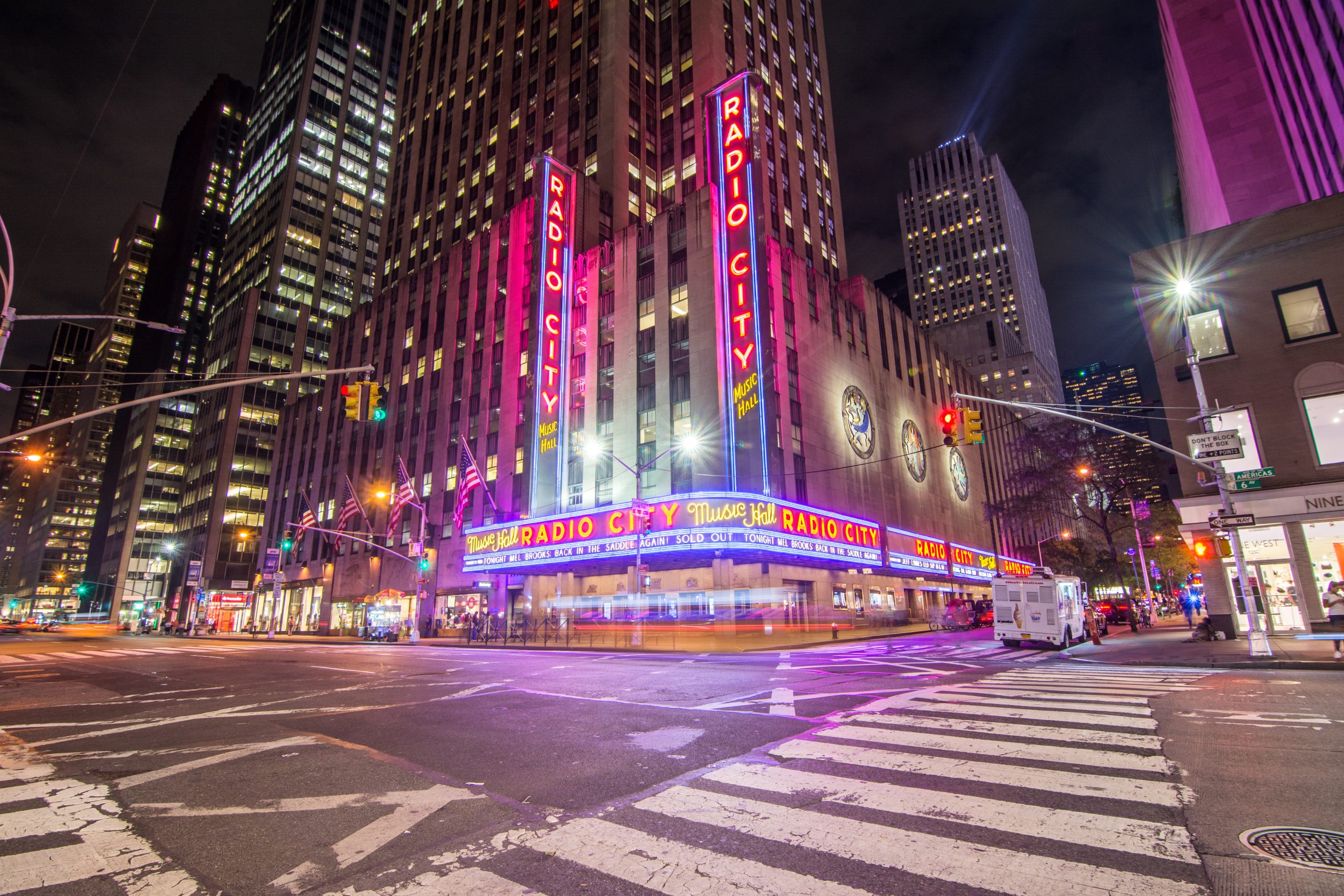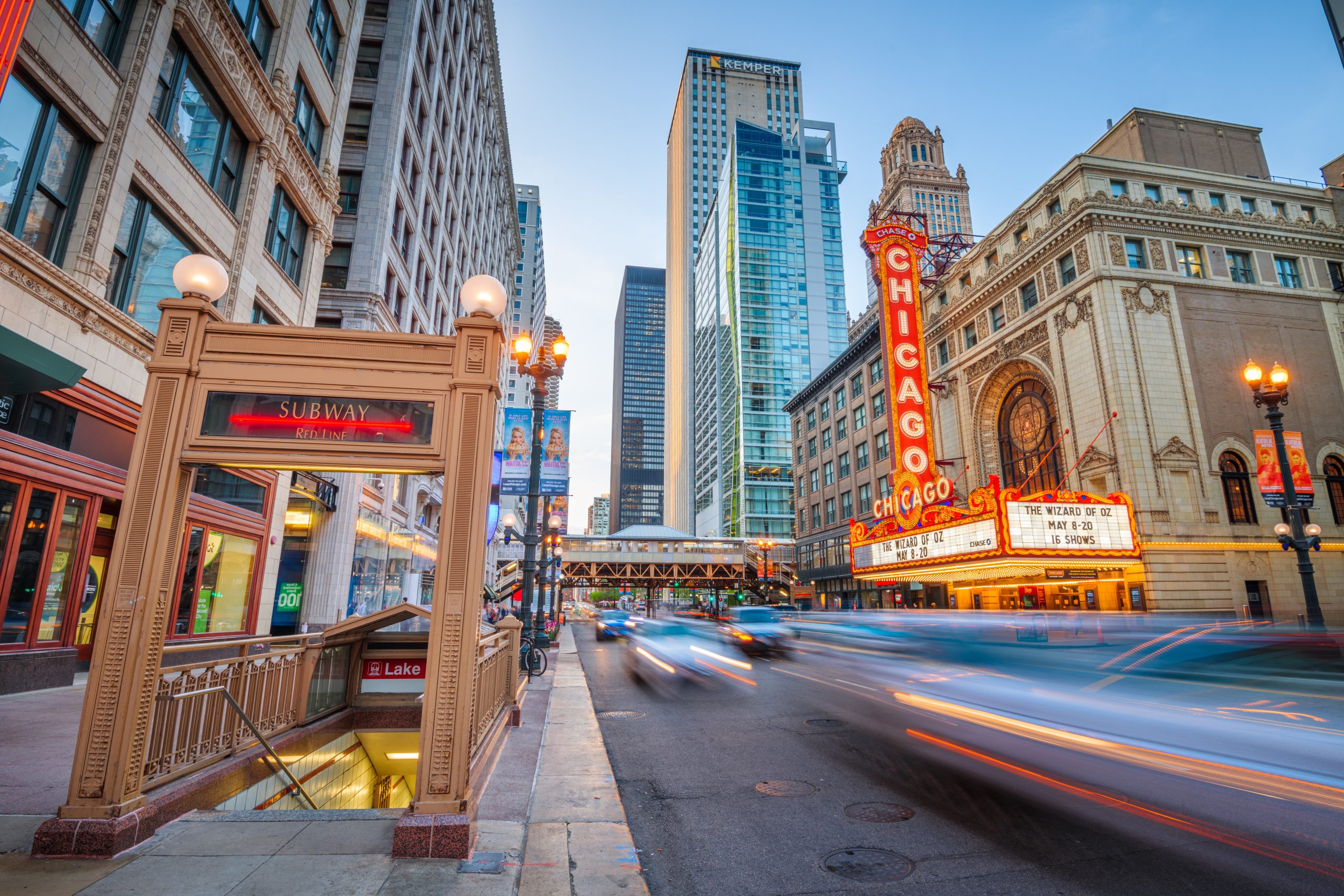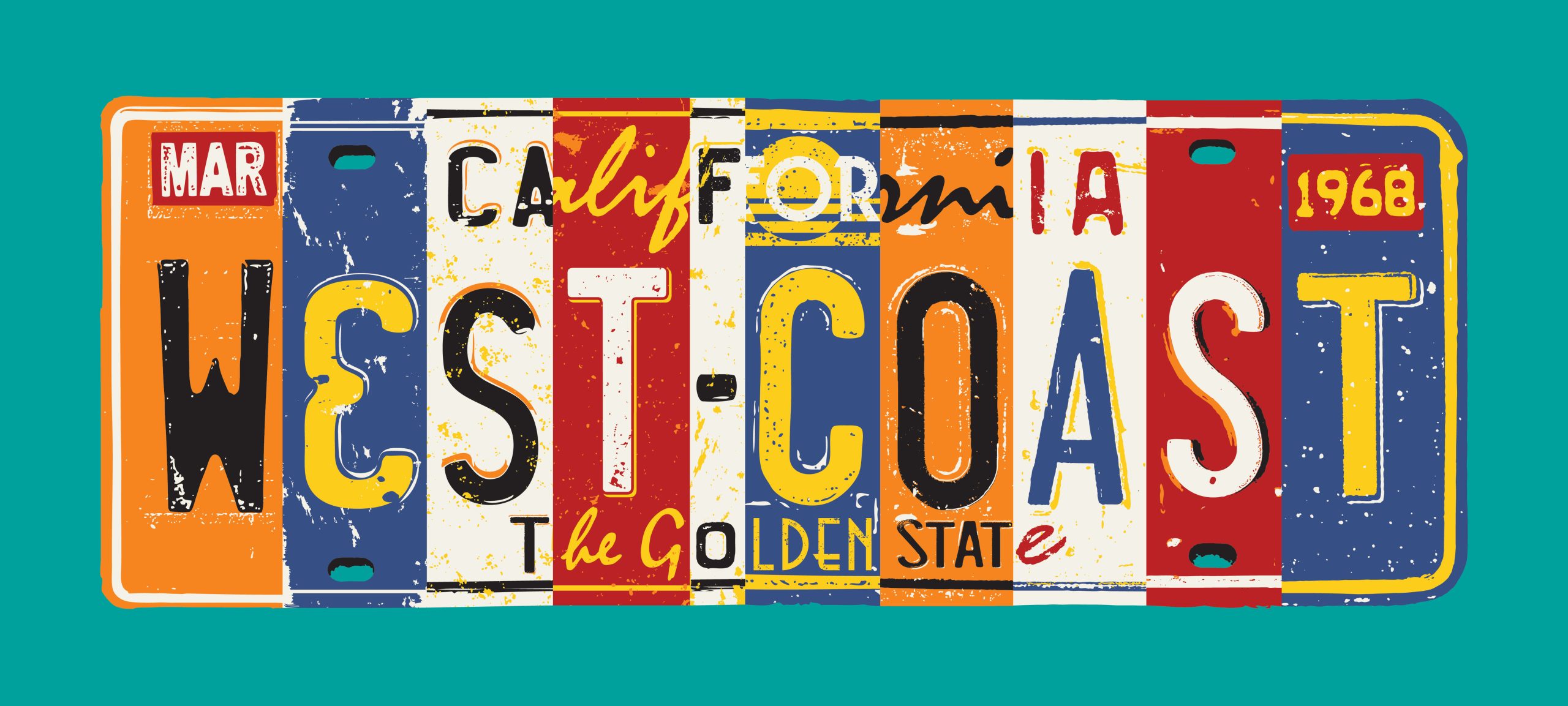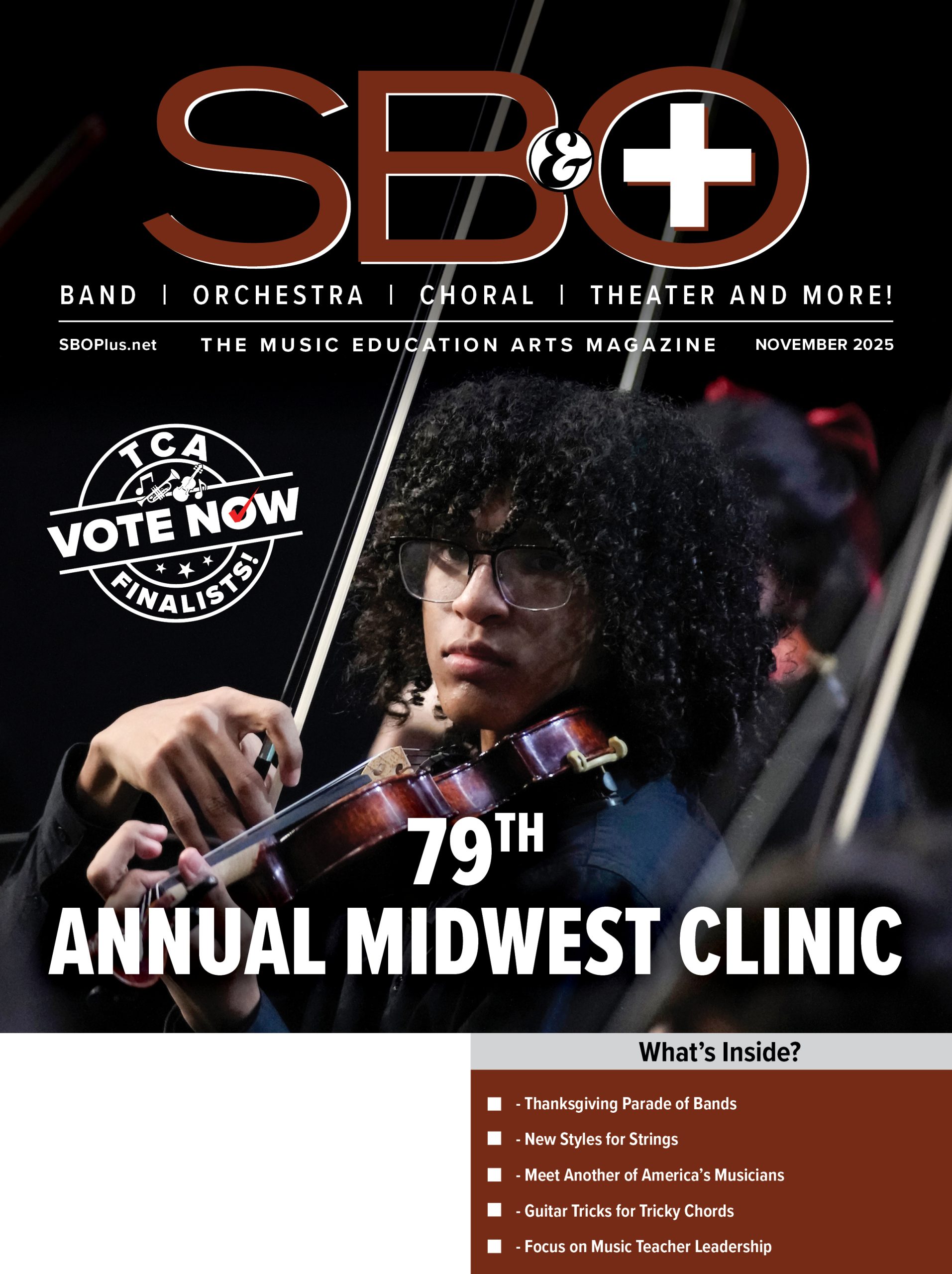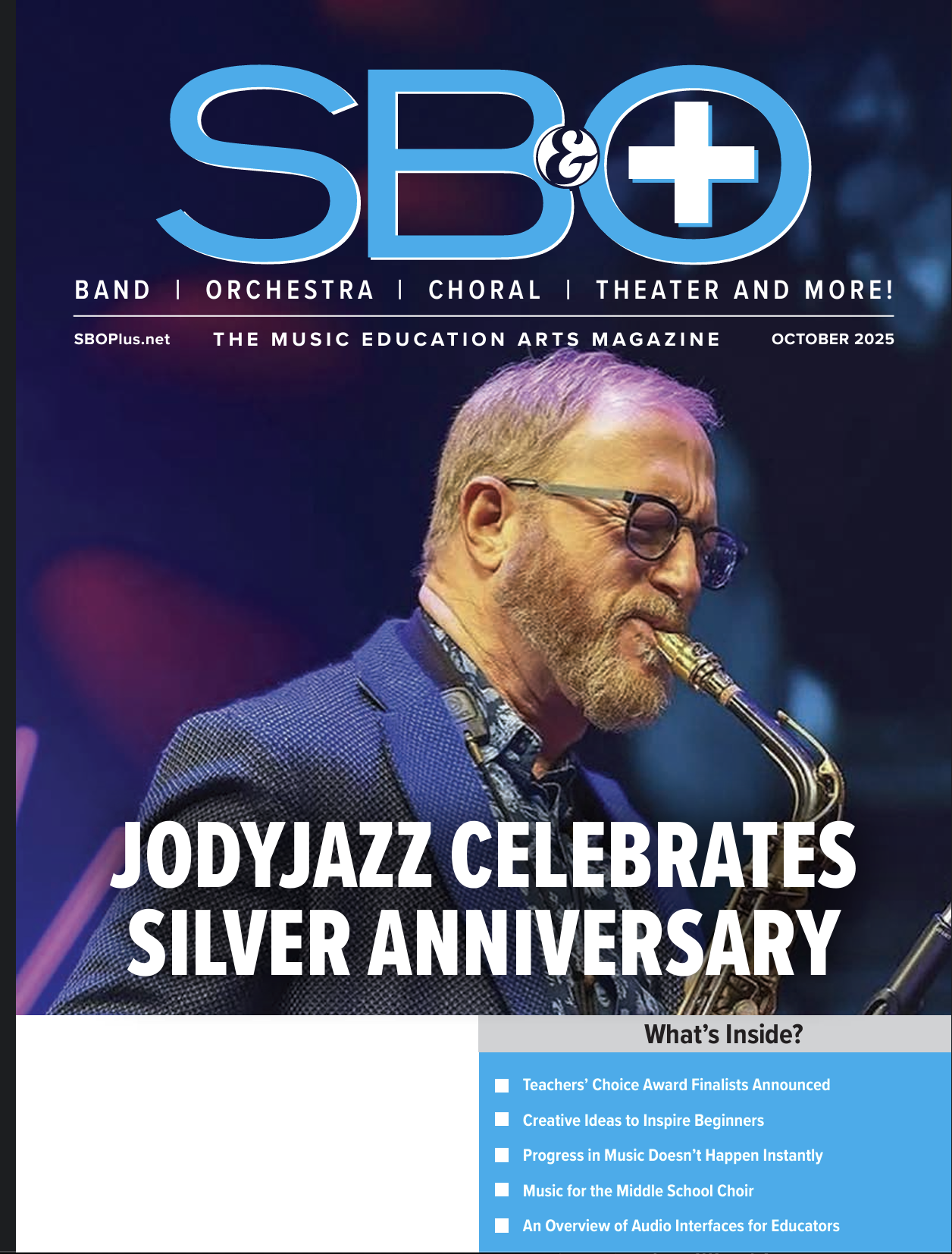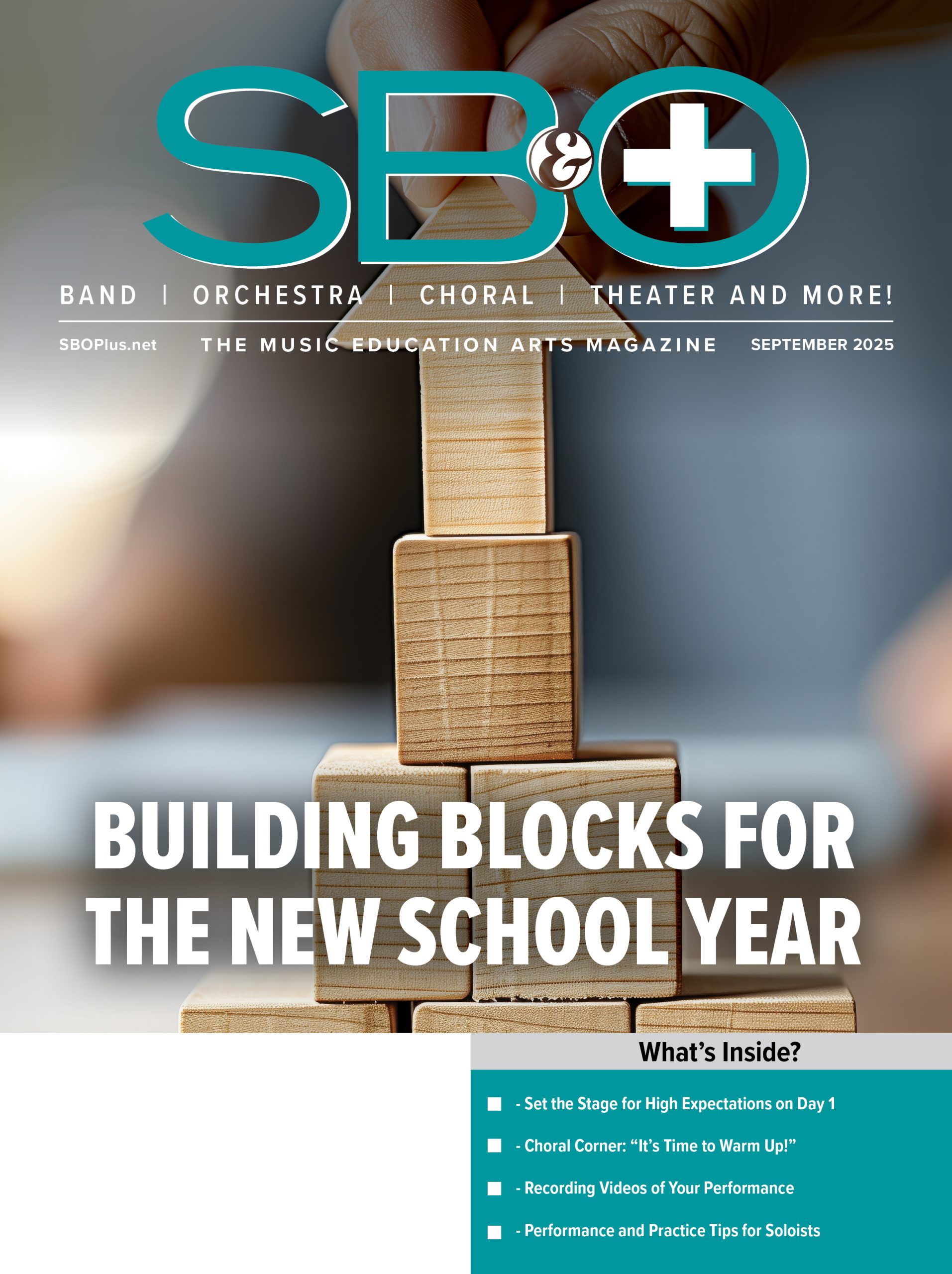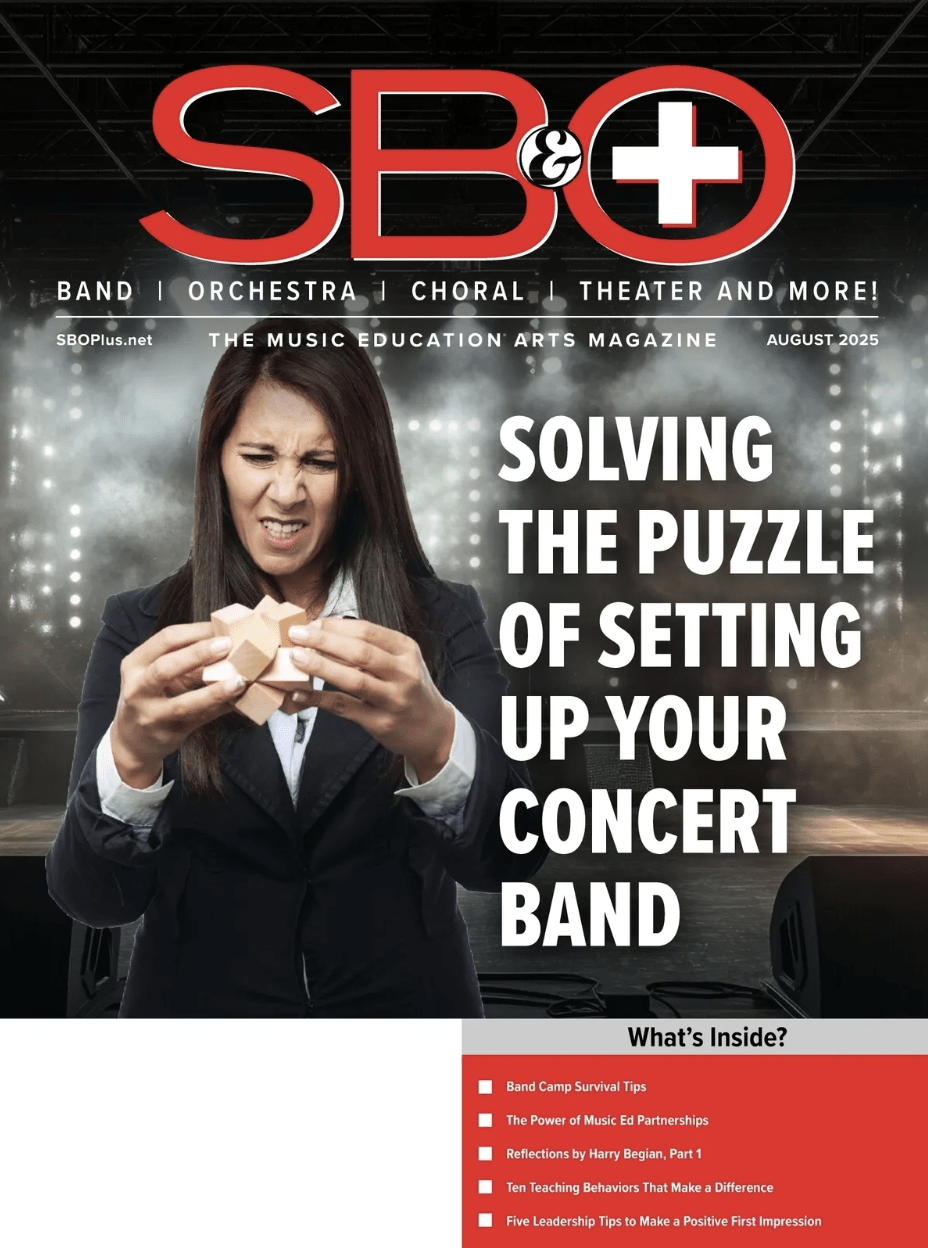 In the early 1960s, my group, The Lee Evans Trio (piano, bass, drums), played a roughly six-month gig atop the oval bar at Manhattan’s 52nd Street’s steak house The Hickory House, co-founded and run for its entire existence by Lithuanian-born John Popkin. Years earlier, The Hickory House was one of the earliest spots on 52nd Street to feature jazz.
In the early 1960s, my group, The Lee Evans Trio (piano, bass, drums), played a roughly six-month gig atop the oval bar at Manhattan’s 52nd Street’s steak house The Hickory House, co-founded and run for its entire existence by Lithuanian-born John Popkin. Years earlier, The Hickory House was one of the earliest spots on 52nd Street to feature jazz.
I was an unknown in those days of the early 1960s. After a couple of weeks into the run, Popkin, in his gruff voice, said to me, “You play great, but where’s the business?” Of course, his insensitive comment made me feel lousy!
Later that same evening Duke Ellington came in to dine, and after I played a particularly intricate reharmonization of one of his original songs, he passed by me and in a low voice said, “I like what you did with that tune.” Needless to say, that compliment lifted my spirits considerably. Those are my two most vivid recollections of that Hickory House gig.
Some months later, I became the bandleader of a ten-piece house band across the street, at another 52nd Street venue, The Royal Box nightclub in the Americana Hotel, a gig that I held for almost seven years, until their entertainment policy changed. Then, in 1970, I went on the road as orchestra contractor for pop singers Tom Jones and Engelbert Humperdinck, both of whom I happily worked with, off and on, for approximately 20 years.
The Street That Never Slept
For those too young to remember, The Street refers to Manhattan’s 52nd Street, mainly between 6th and 7th Avenues in the 1930s and 1940s, the swingiest place anywhere in the world. Also known as Swing Alley, former speakeasies during the Prohibition era evolved into nightclubs and restaurants after Repeal, with such jazz venues as The Onyx, The Famous Door, The Three Deuces, Jimmy Ryan’s, Eddie Condon’s and The Hickory House.
Starting as small-combo Dixieland jazz, the music developed into big- band swing, and then after a time evolved into small combo modern jazz, bop and cool. In Arnold Shaw’s long out-of-print book, The Street That Never Sleeps, he mentions jazz pianist Marian McPartland’s insightful comment that “You could walk through the history of jazz on 52nd Street. In several hours, nursing a few drinks, you could travel musically from New Orleans up to Harlem and bop.”
In a sense, 52nd Street was Harlem transplanted to downtown, featuring such historically important jazz luminaries as Art Tatum, Coleman Hawkins, Billie Holiday, Fats Waller, Roy Eldridge, Teddy Wilson, Errol Garner, Stuff Smith, Mary Lou Williams, Charlie Parker, Sarah Vaughan, Count Basie, and many other influential Black jazz artists.
At a time of acute racial segregation and discrimination in many areas of the United States, these Black performers found employment and a showcase for their musical talent on The Street.
Spontaneous improvisation was the most significant musical aspect on The Street, as was the informality of “sitting in”. Both were at the center of The Street’s musical vocabulary.
The Famous Door presented Bessie Smith. The Onyx featured Billie Holiday and Teddy Wilson, The Three Deuces had Art Tatum and Maxine Sullivan, among others. But interspersed there were also a few strip joints. Eventually, The Street went downhill in the direction of the latter, and as author Arnold Shaw writes, “It slid in the direction of G strings instead of guitar strings.”
When Louis Prima and his New Orleans Gang opened the Famous Door, Art Tatum was the intermission pianist. That’s how amazing the quality of music was on the street in those days. Ella Fitzgerald also appeared there, as did Red Norvo’s and Count Basie’s bands, When the latter band appeared at the Famous Door, the great Hazel Scott was the intermission pianist. The Hickory House was renowned for its outstanding jazz pianists, such as Joey Bushkin, Jess Stacy, Mel Powell, Hazel Scott, Marian McPartland, Billy Taylor, Martial Solal, Toshiko Akiyoshi, and quite a few others.
Later, the nearly blind incredible jazz pianist Art Tatum was one of The Street’s drawing cards, working in most of its clubs, and drawing classical concert pianists the likes of Sergei Rachmaninoff and Vladimir Horowitz, mesmerized by Tatum’s harmonic and melodic inventiveness and by his unbelievably prodigious keyboard technique.
The Onyx opened as a legitimate club in 1934 and before long became the most important jazz club on 52nd Street. The Onyx “became a major launching site for swing”, Shaw says.
White people were drawn to 52nd Street to listen to jazz, without having to go uptown to Harlem to hear it. The Street started with an exclusively Black bill and became a top showcase for Black talent.
Those were certainly the days!
The Death of The Street
Critic Leonard Feather states, in Shaw’s book, that The Street was “headed for oblivion” and that the causes of The Street’s demise included “lack of talent with sufficient drawing power, exorbitant demands of talent with a following, and low-life reputation of The Street acquired through its fringe of dope addicts, dope peddlers, pimps, prostitutes and assorted characters.” In Metronome’s April 1948 issue its headline proclaimed: THE STREET IS DEAD: AN OBIT. Time Magazine wrote” An era was all but over.”
Lee Evans, Ed.D., is a professor of music at NYC’s Pace University.
LeeEvansJazz.com




















